
Most of the artists are unknown. A few have signed their names. Araujo, Dorantes, Fzavala, Marin, Pérez, Luna, and Ortiz. Yet, most have been forgotten, or are dead, or retired, or are painting somewhere. But we have their paintings, which is more than most people leave as proof of a career.
These artists produced work for Mexican comic books and pulp magazines during the fifties, sixties, and seventies. Unfortunately, most were treated like casual labourers, hired on a daily or weekly basis. They painted with tempera on wood or cardboard. It was cheap and fast. The demand for their work was high. During the mid-1970s, an estimated 56-million comic books were produced every month in Mexico. The population of Mexico at that time was 65-million.
The paintings featured on the covers, a space was left at the top for the book or magazine’s title and menu of contents. Most of images featured chisel-jawed B-movie actors and blonde pin-ups with more curves than a scenic railway.
Mexican comics followed on from the influx of US comics during the 1940s. By the late fifties, the demand for such comics and pulp novels started the comic business in Mexico. A whole range of new comics and pulp fictions appear featuring original stories and characters. Los Supersabios, Los Supermachos, Los Agachados, Las Aventuras del Santo, Tinieblas, Blue Demon, El Tío Porfírio, Burrerías, Smog, Don Leocadio, Zor y los Invencibles, Las Aventuras de Capulina, Las Aventuras de Cepillín, and El Monje Loco all became best-sellers. Unlike the American imports which were by bound by a comic’s code, Mexican comic books and pulp magazines were able to publish work uncensored.
The paintings present everyday heroes confronting bizarre and disturbing situations. Robots gone wild, trees come to life, aliens from beyond space, and monstrous murderers ready to strike. These covers were clickbait to get the public looking inside, as the covers were often more impressive than the words and pictures contained within.
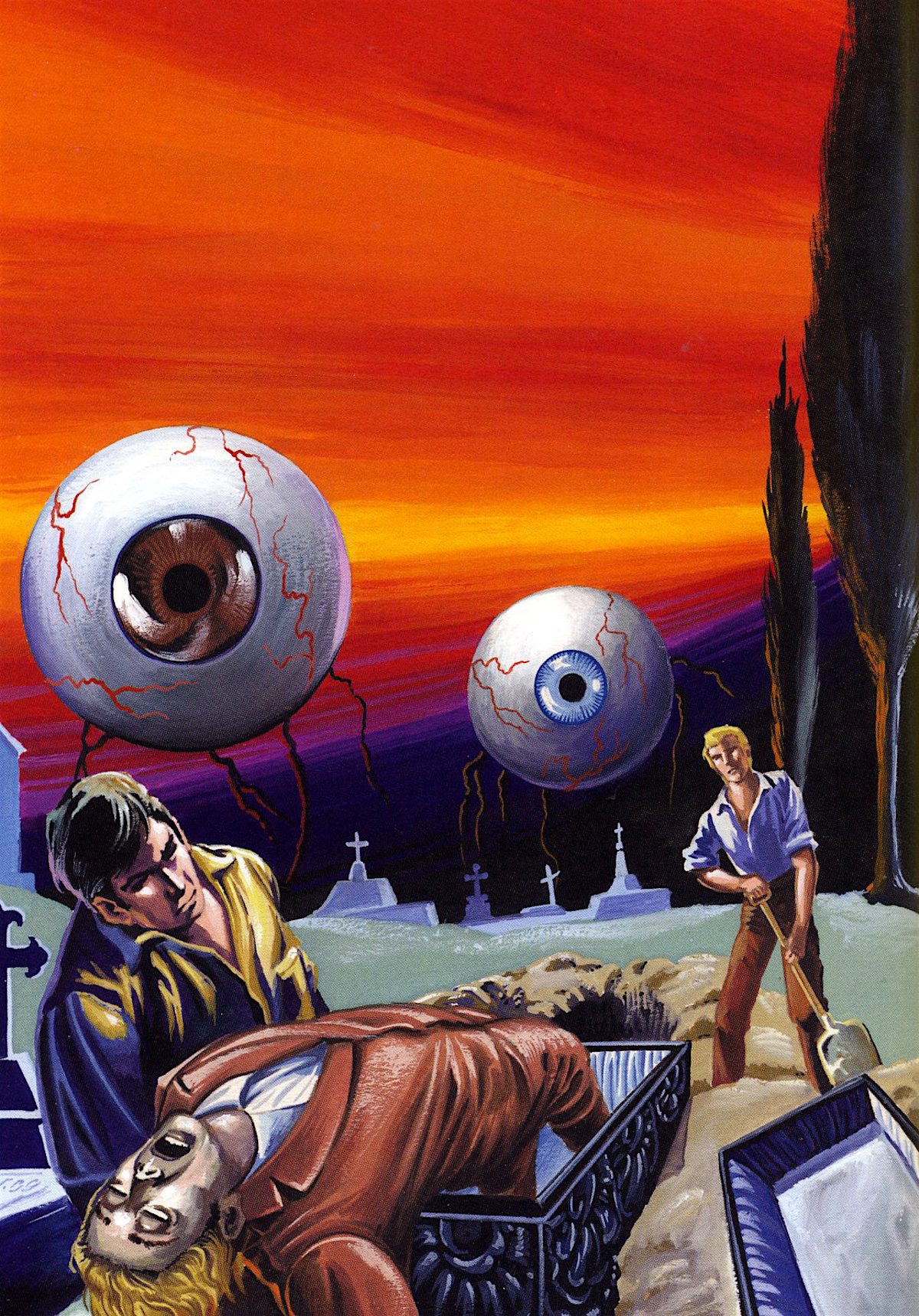
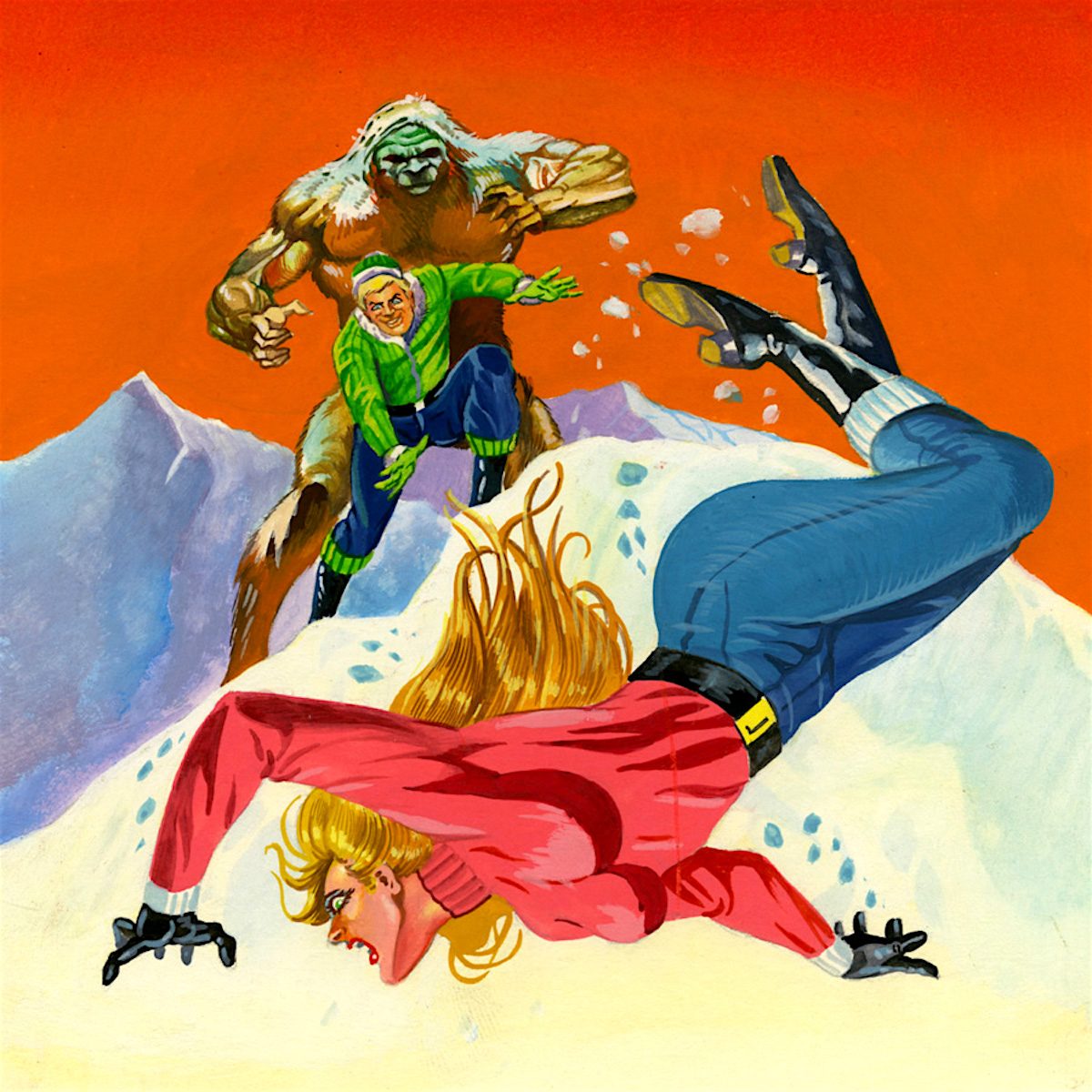
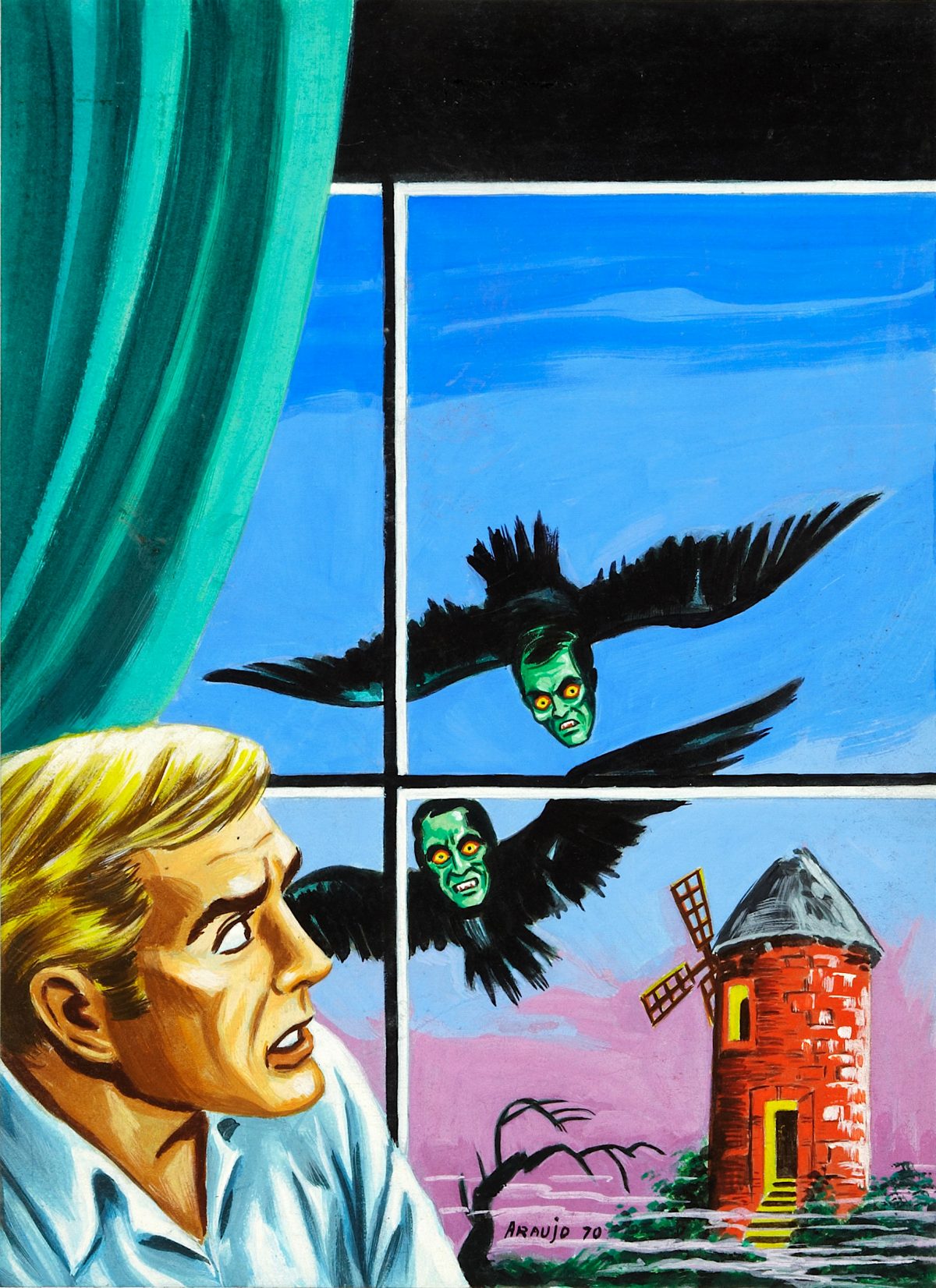
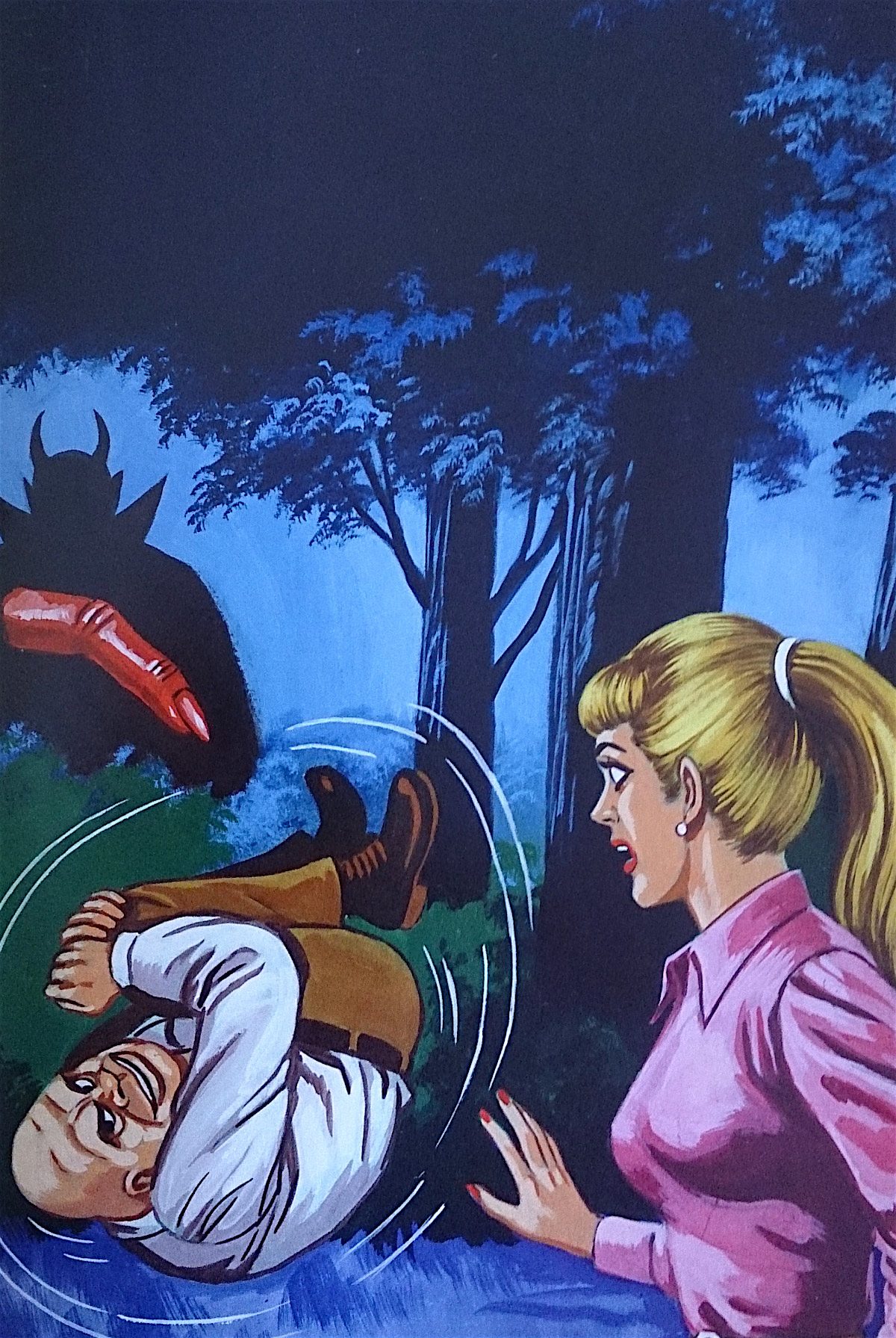

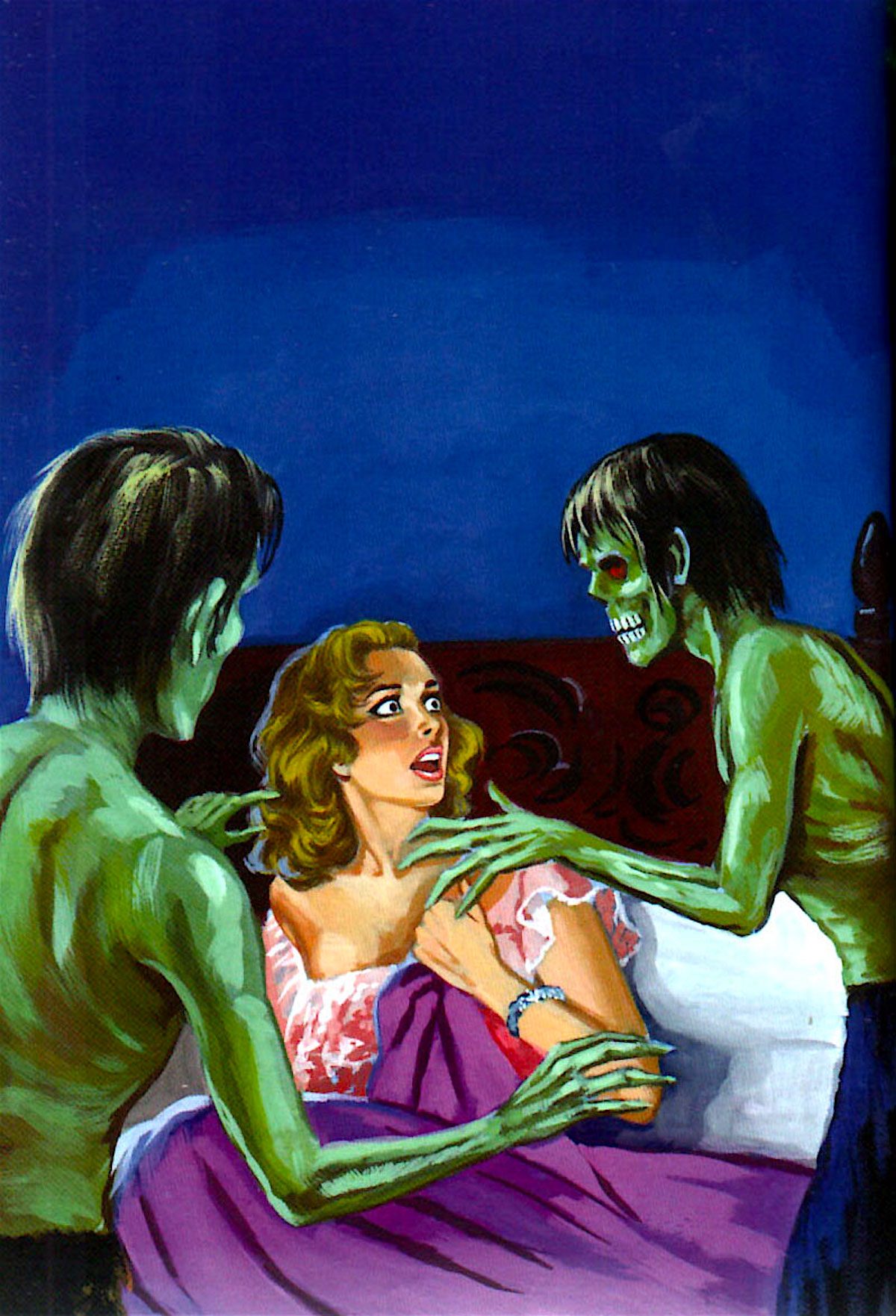
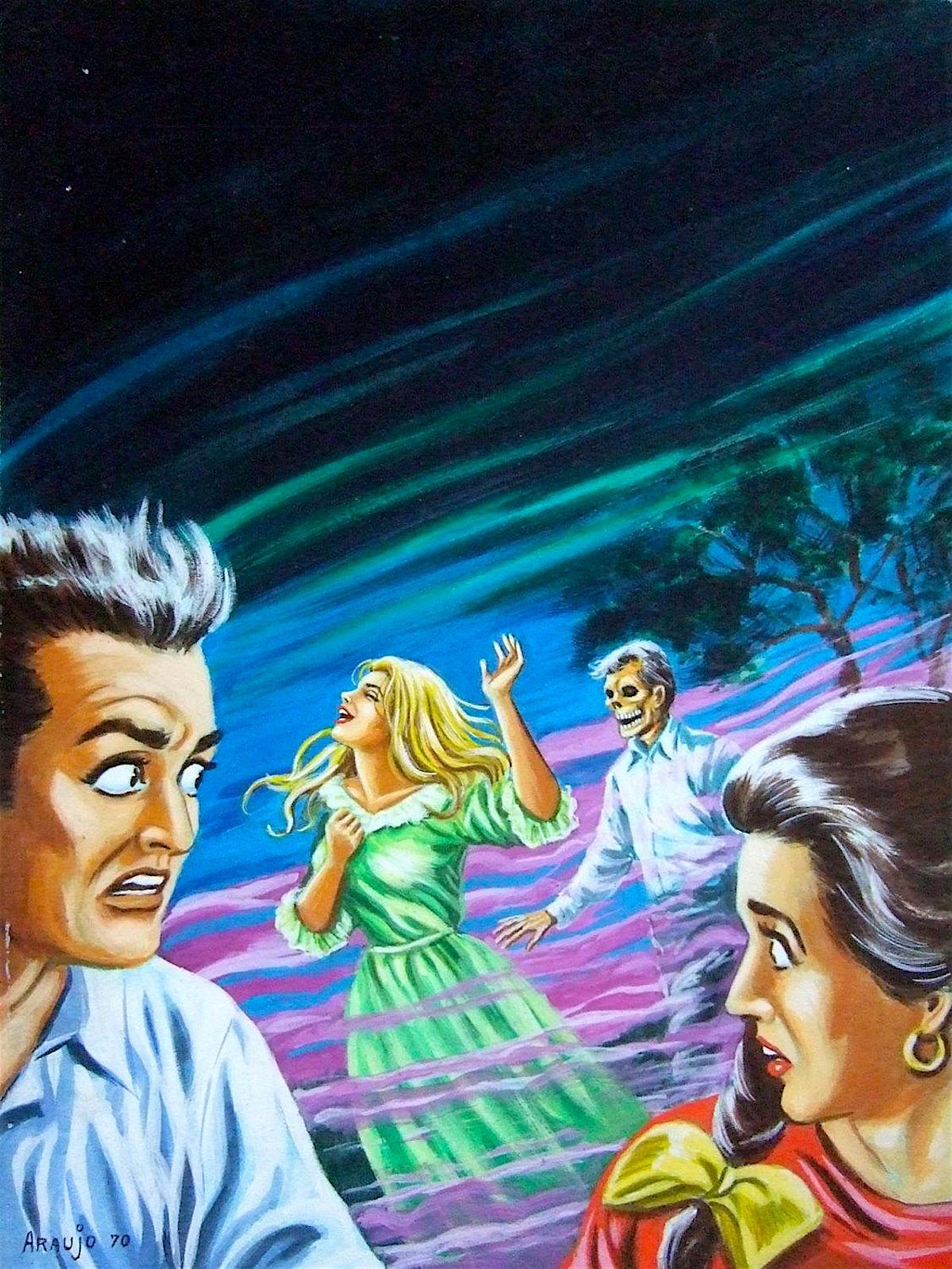
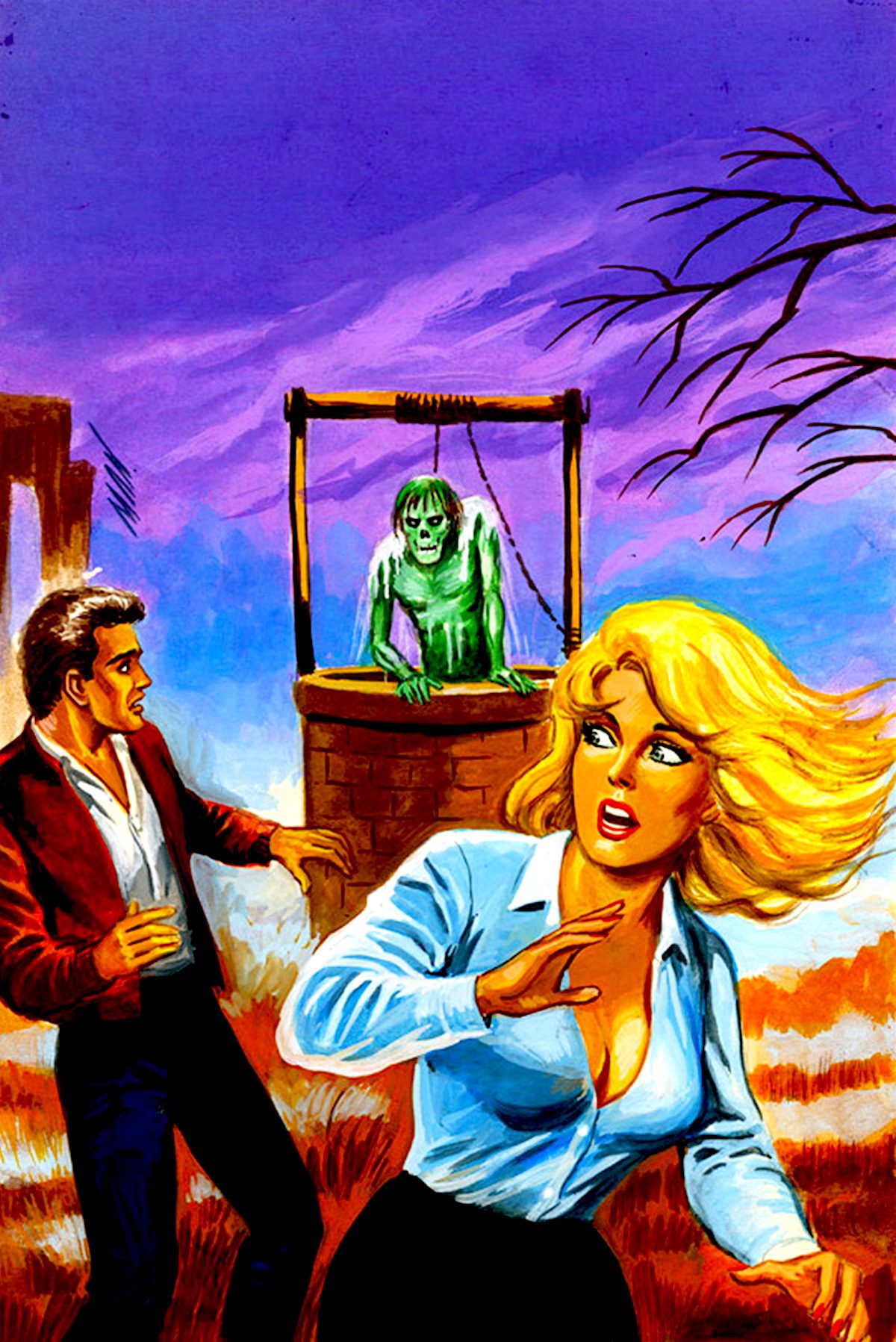
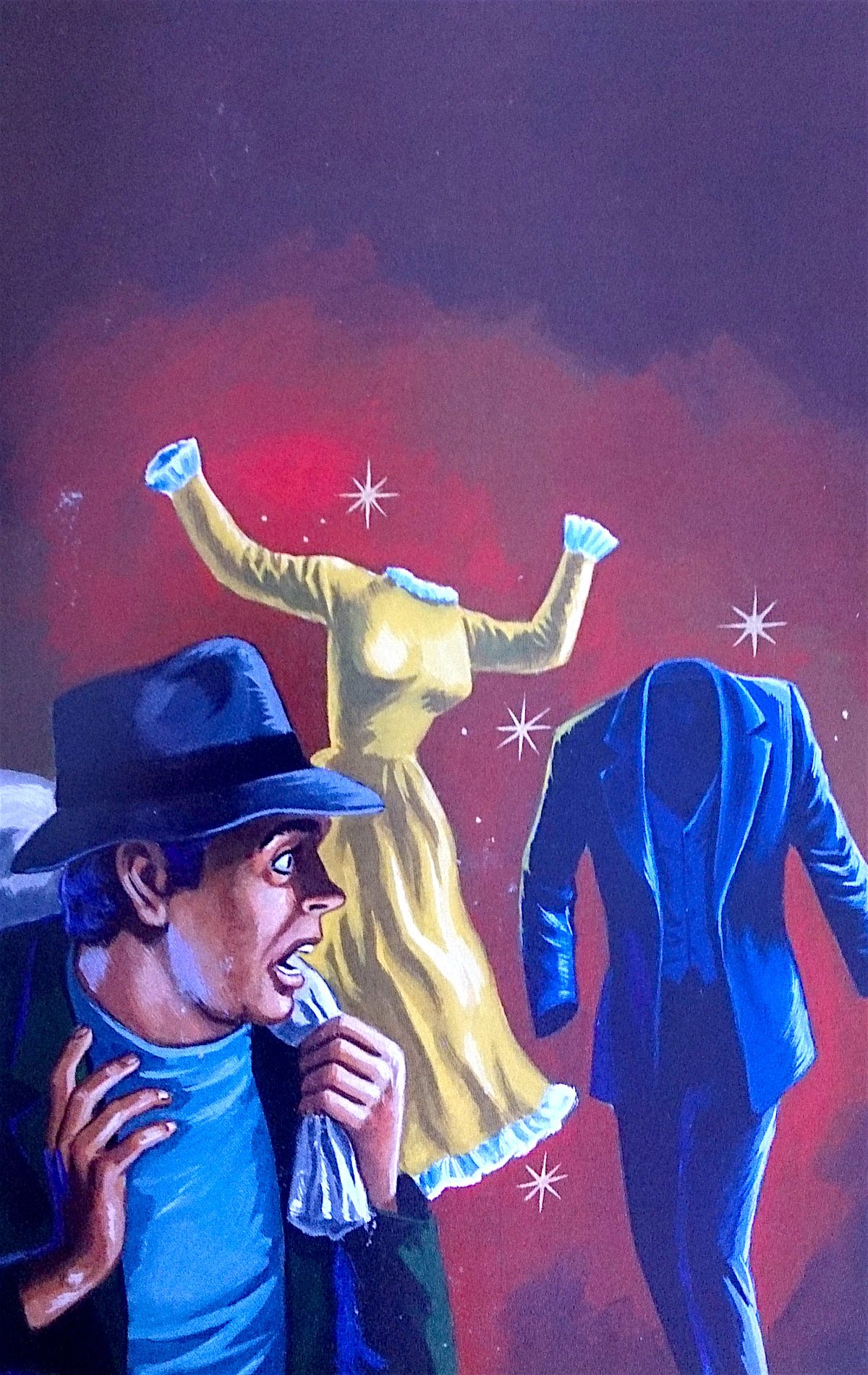
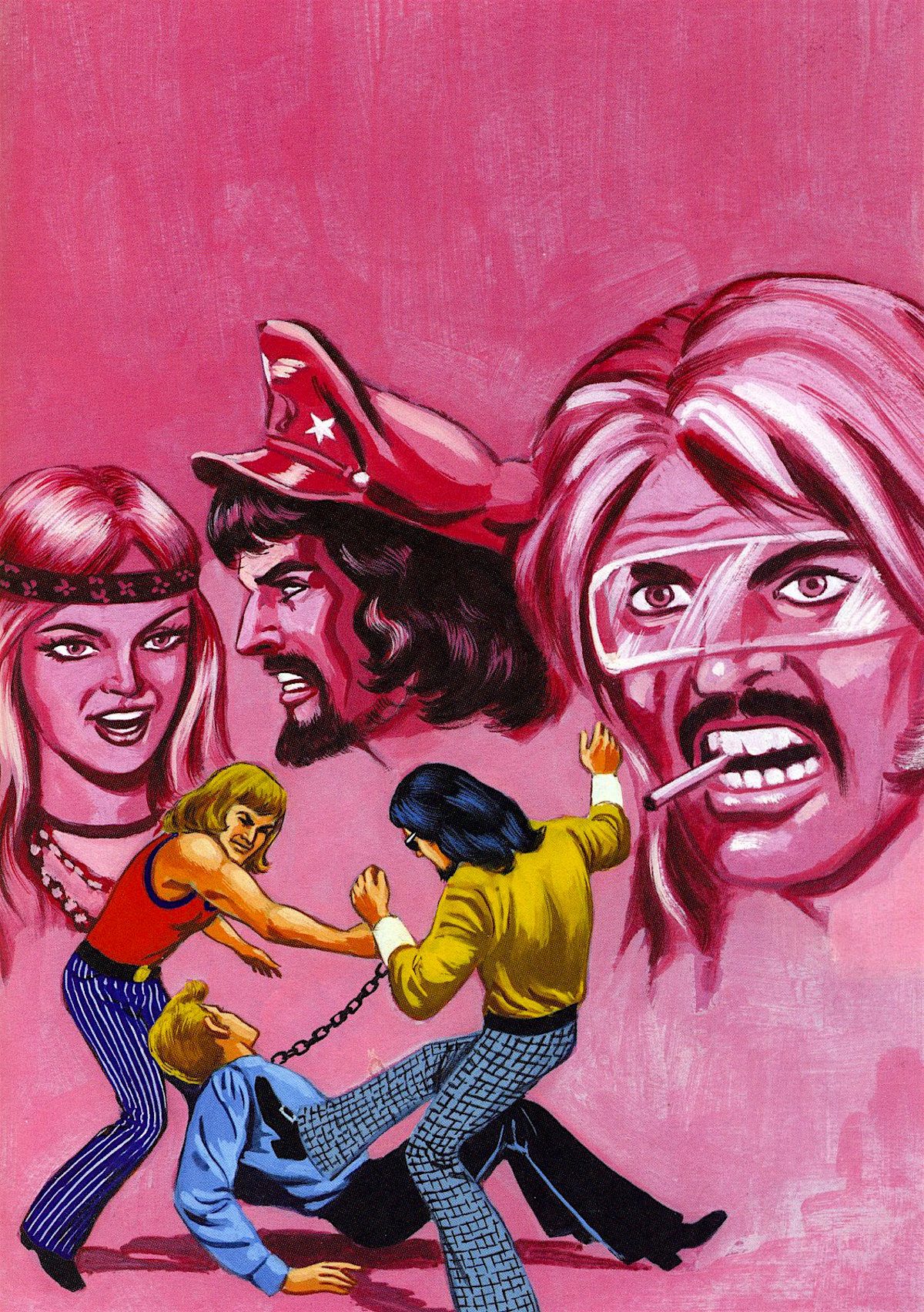
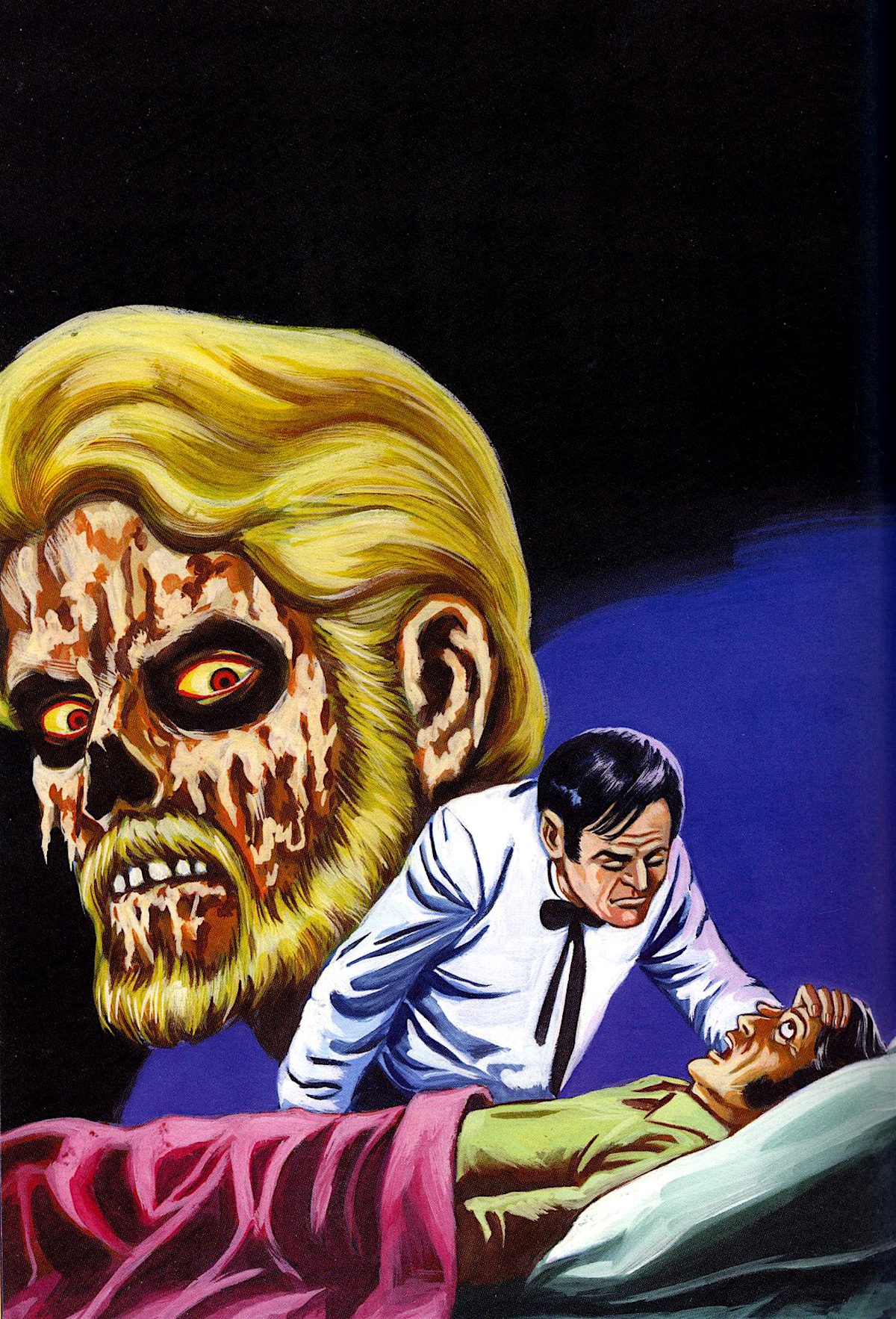
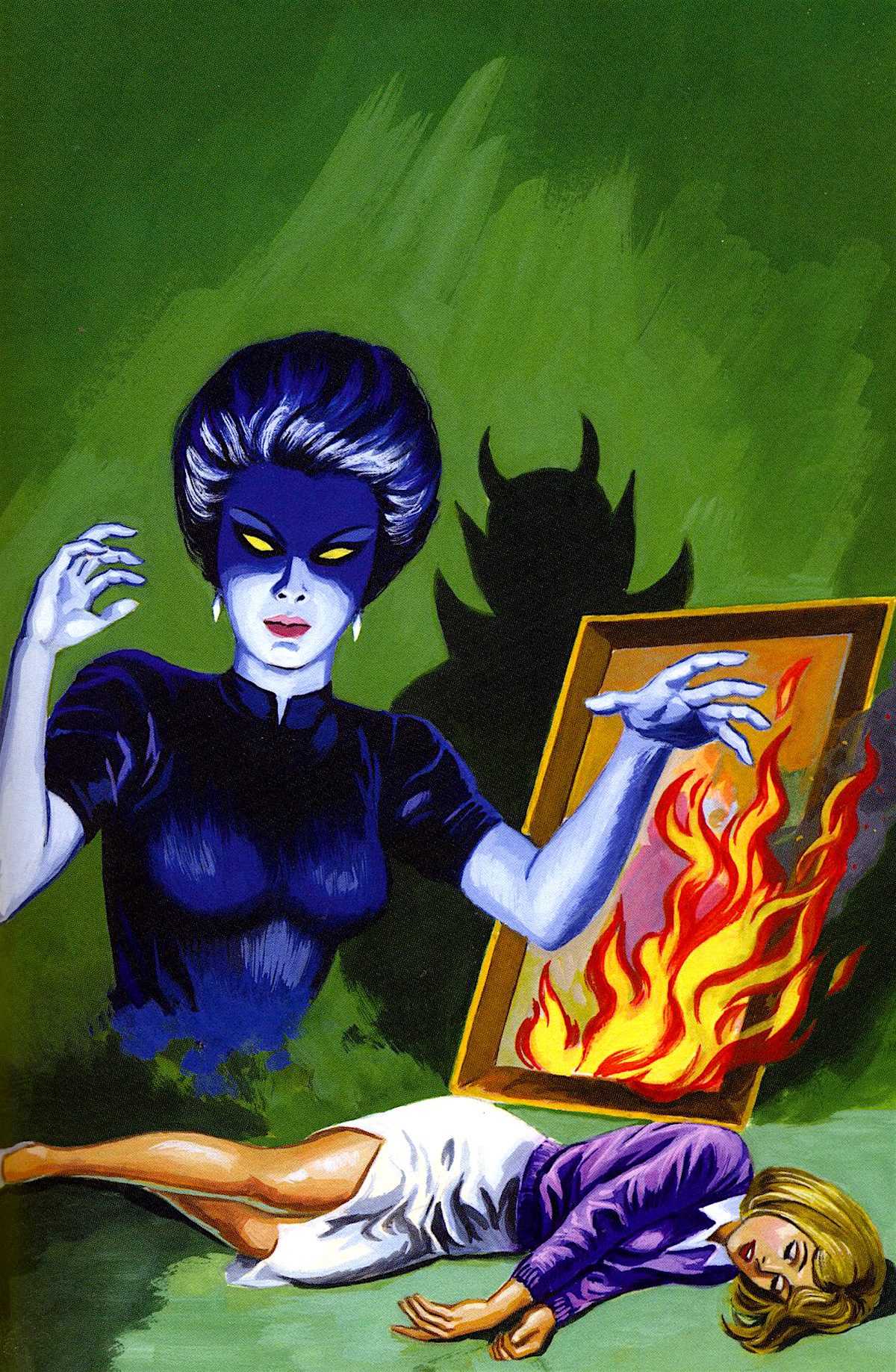
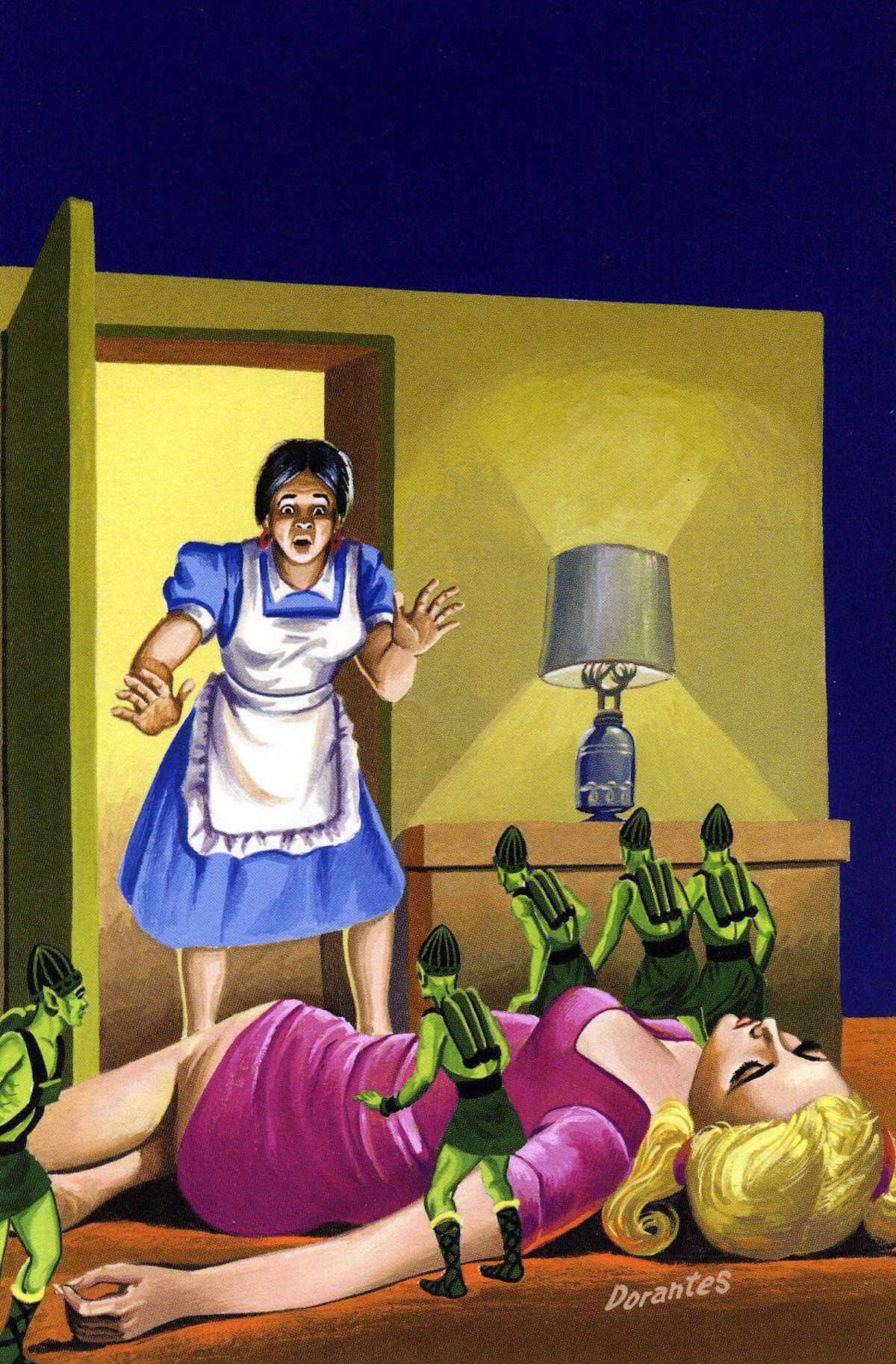

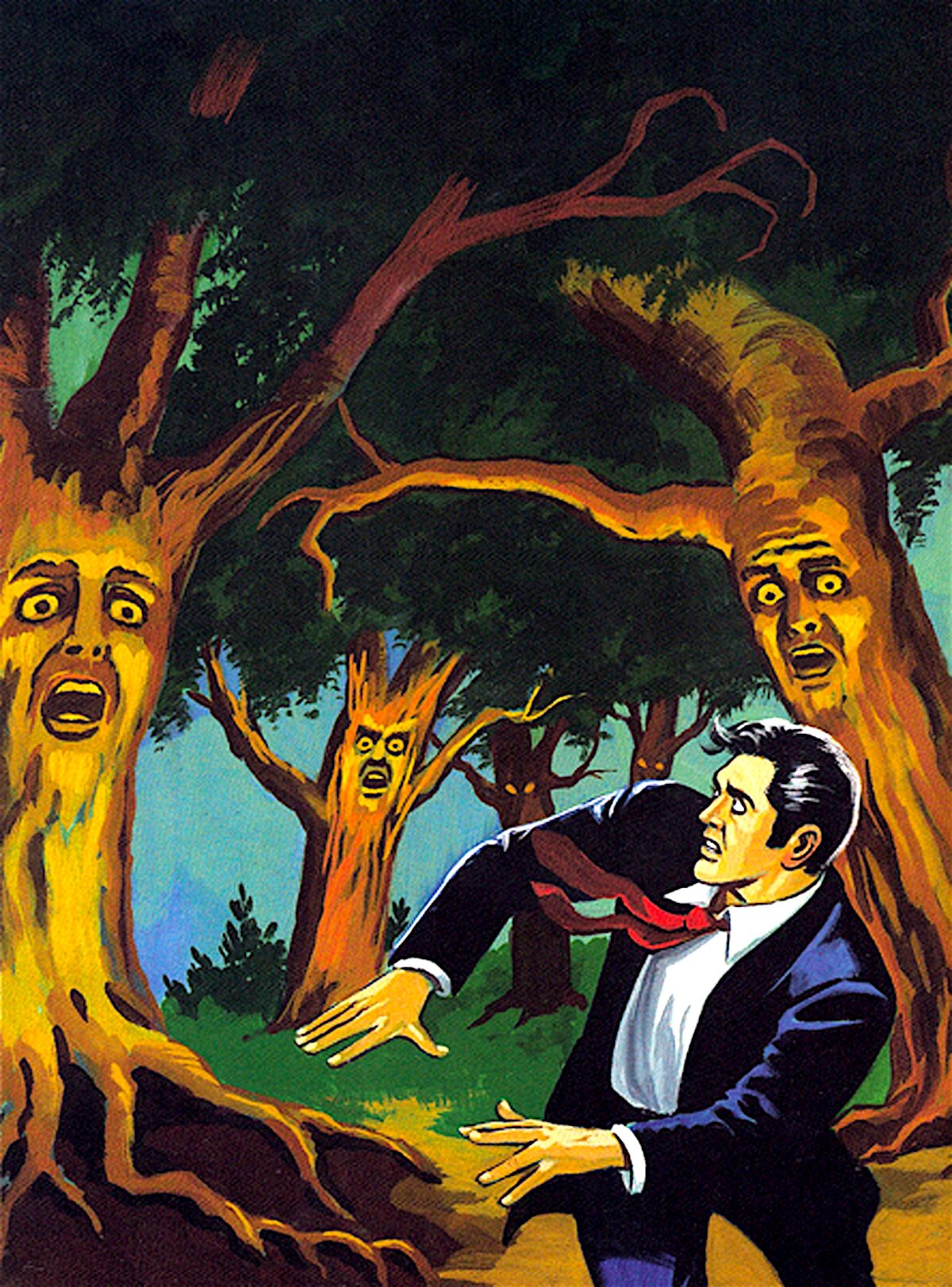
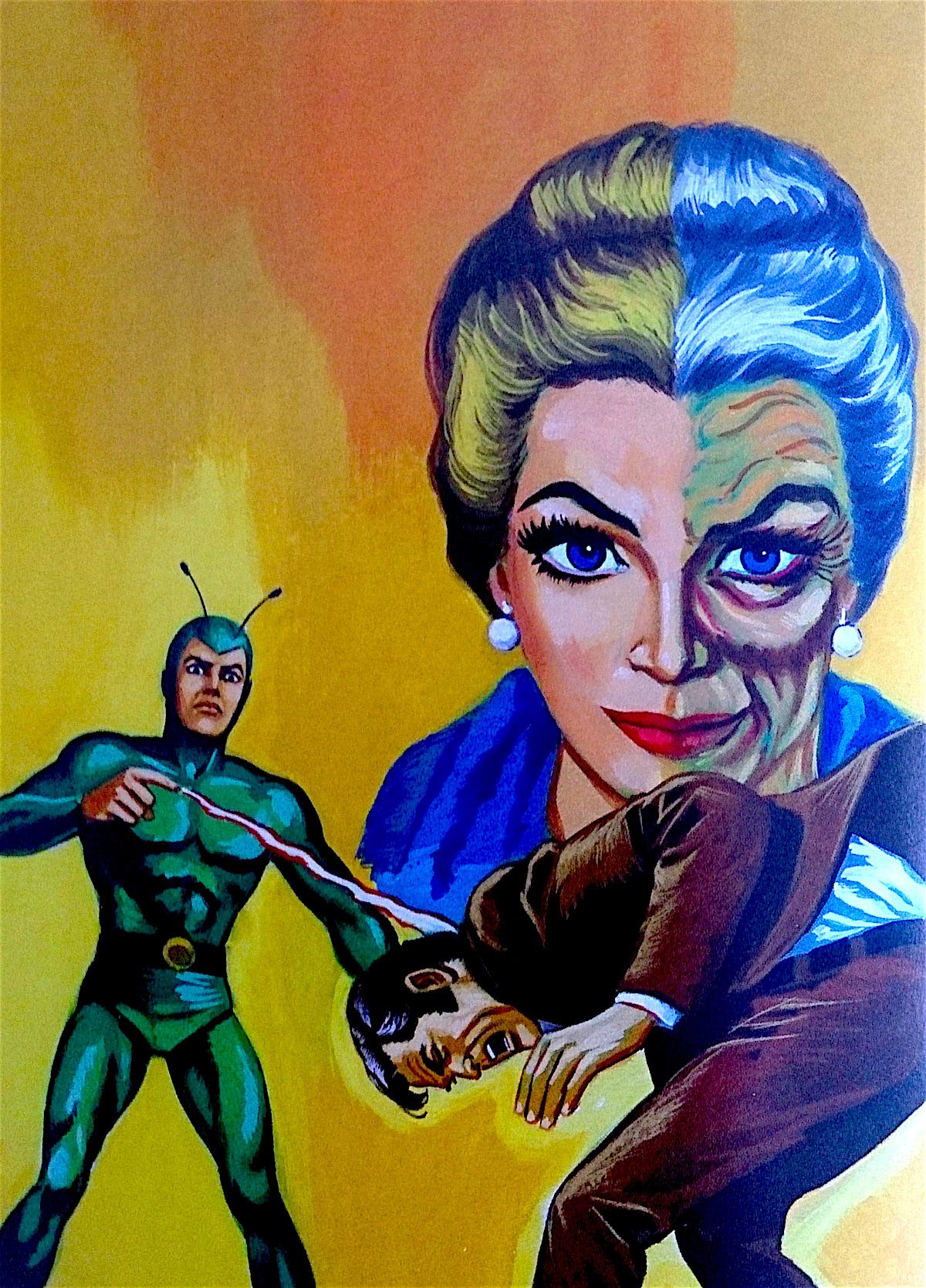

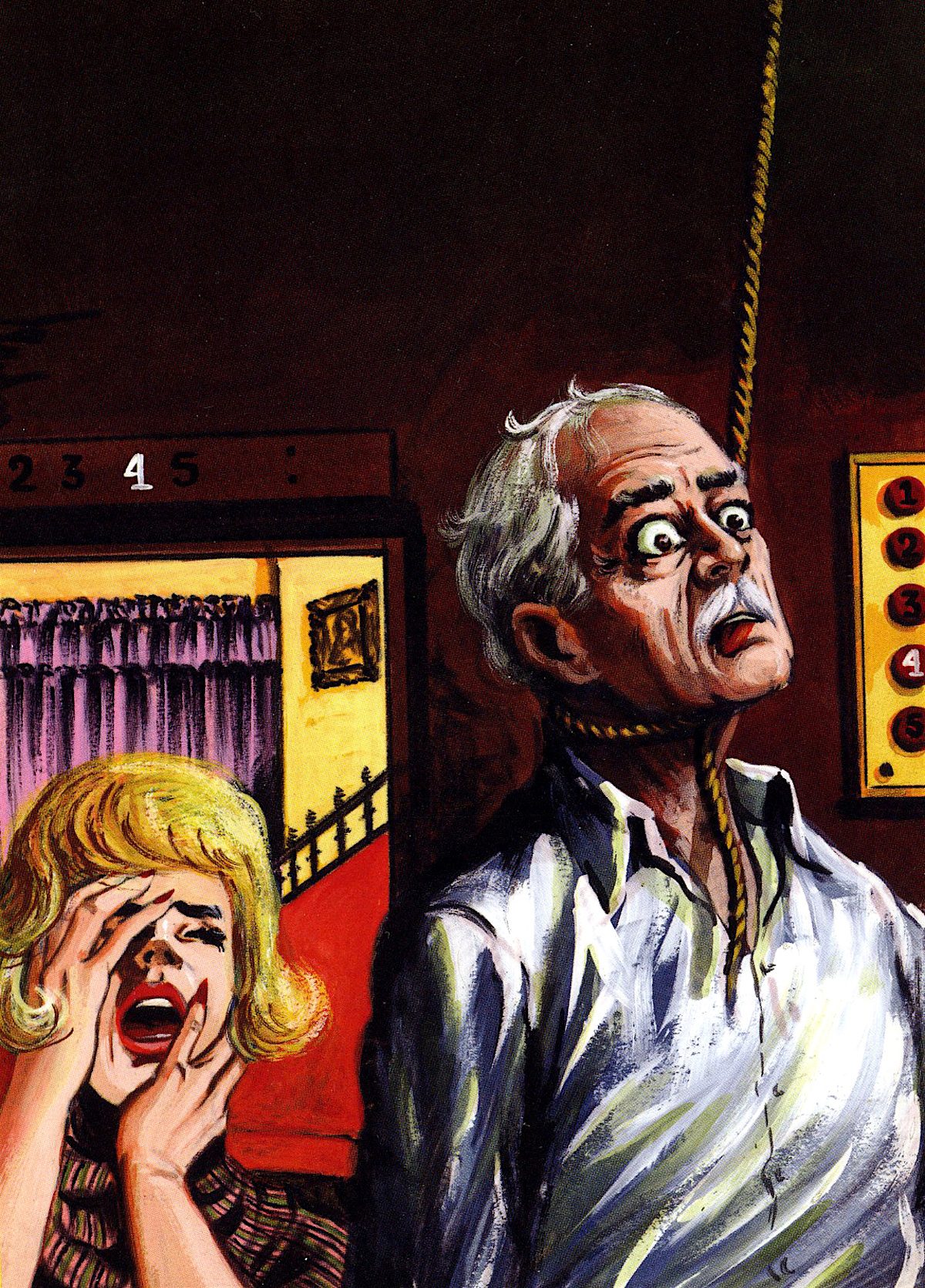
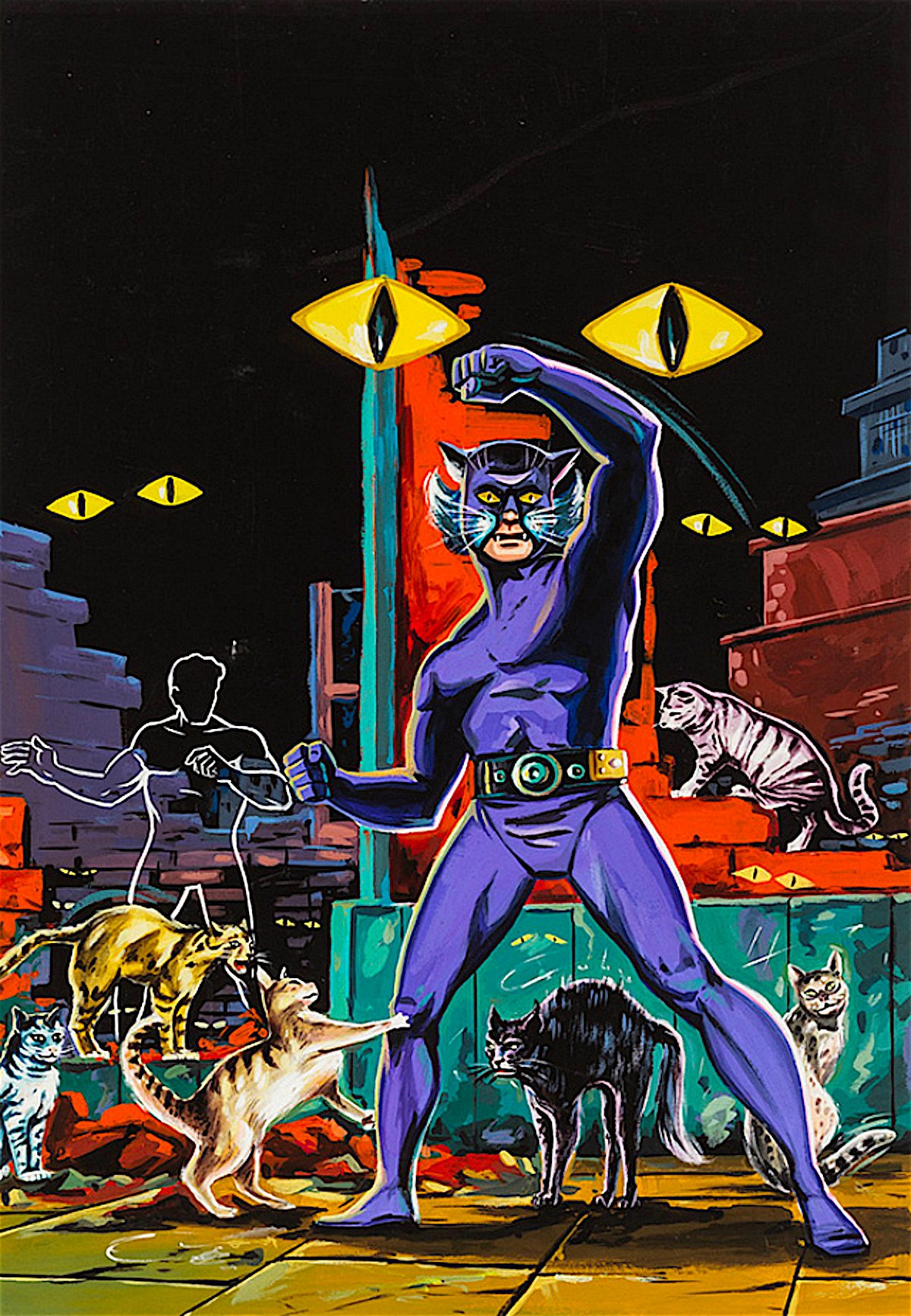
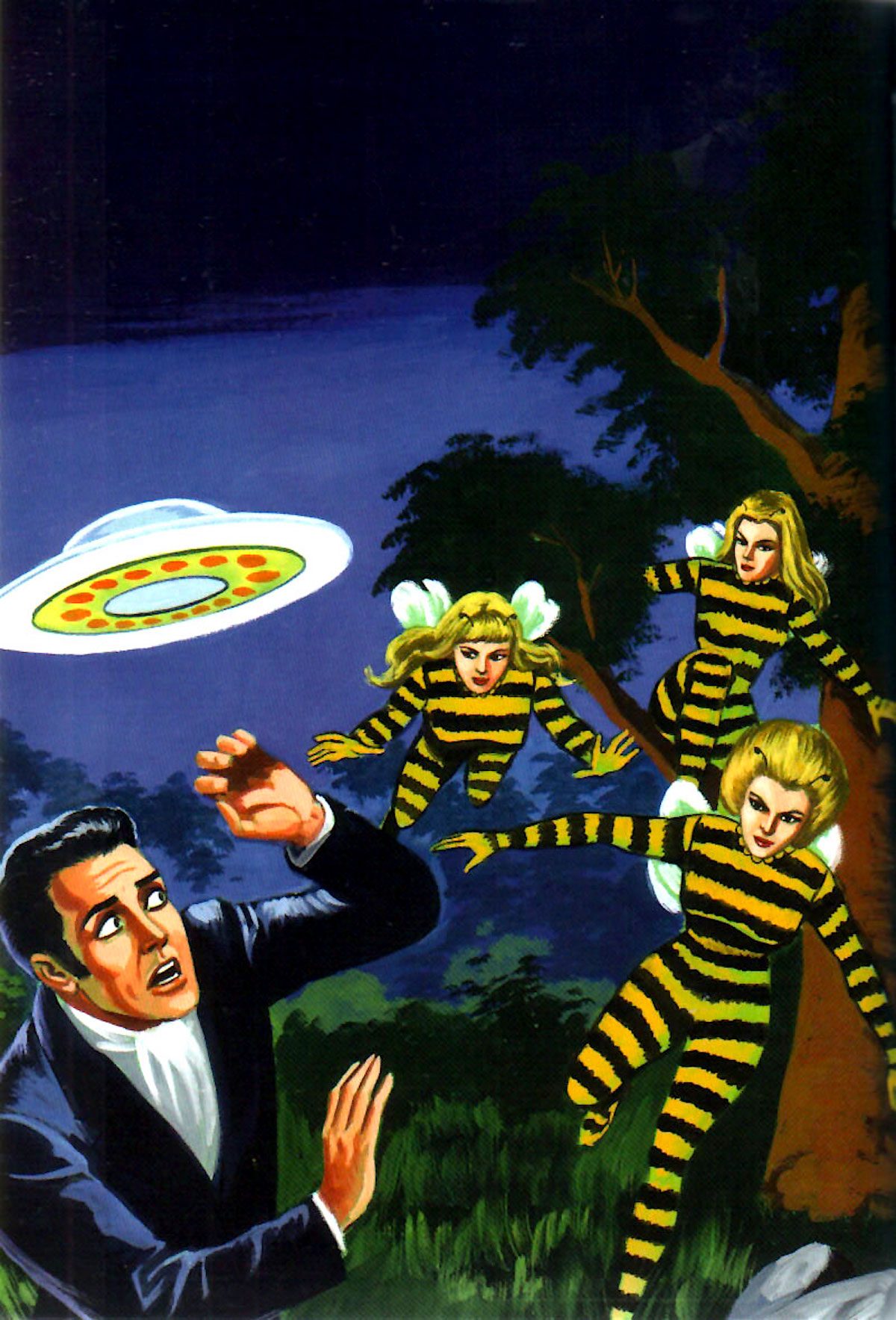
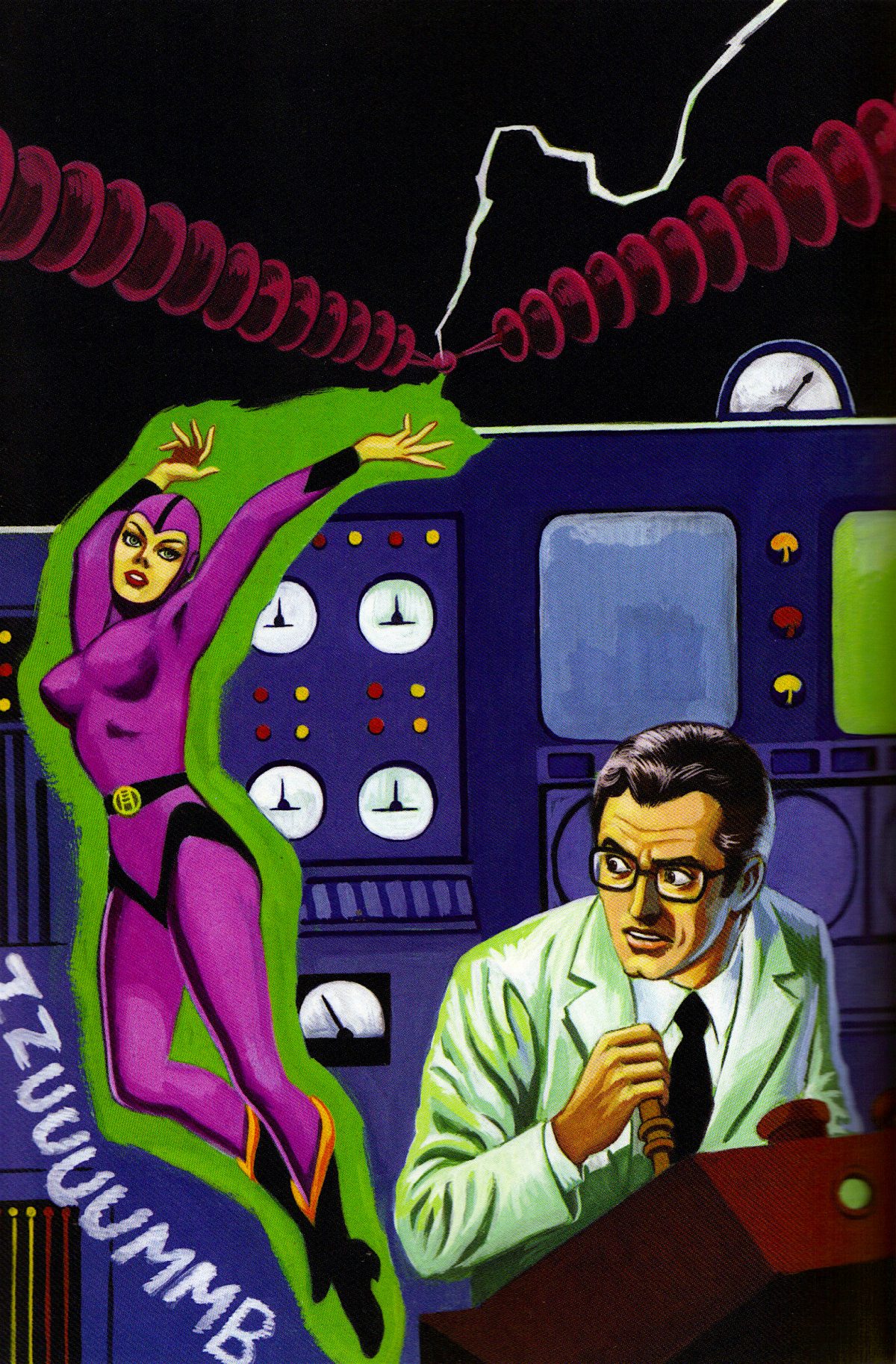
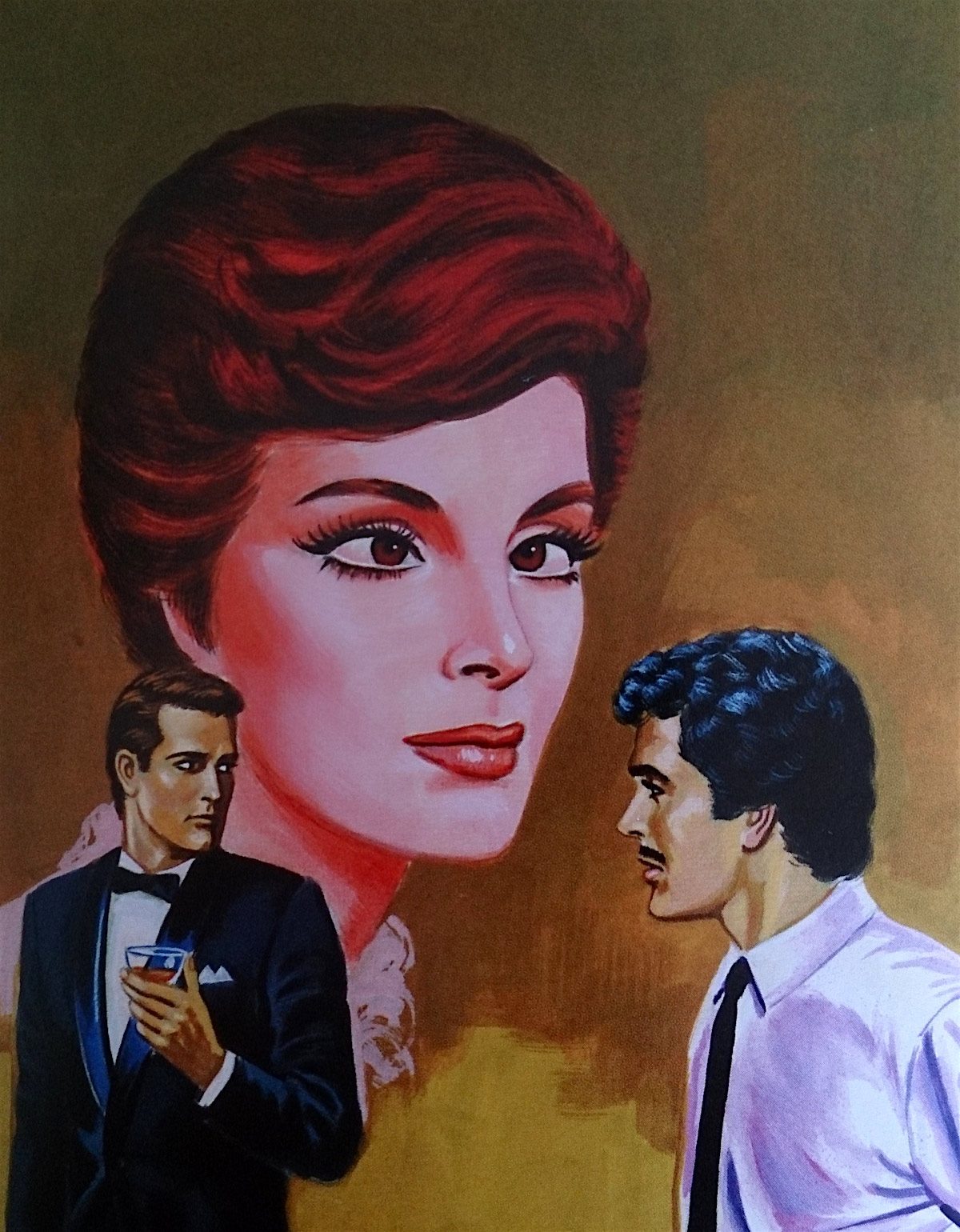
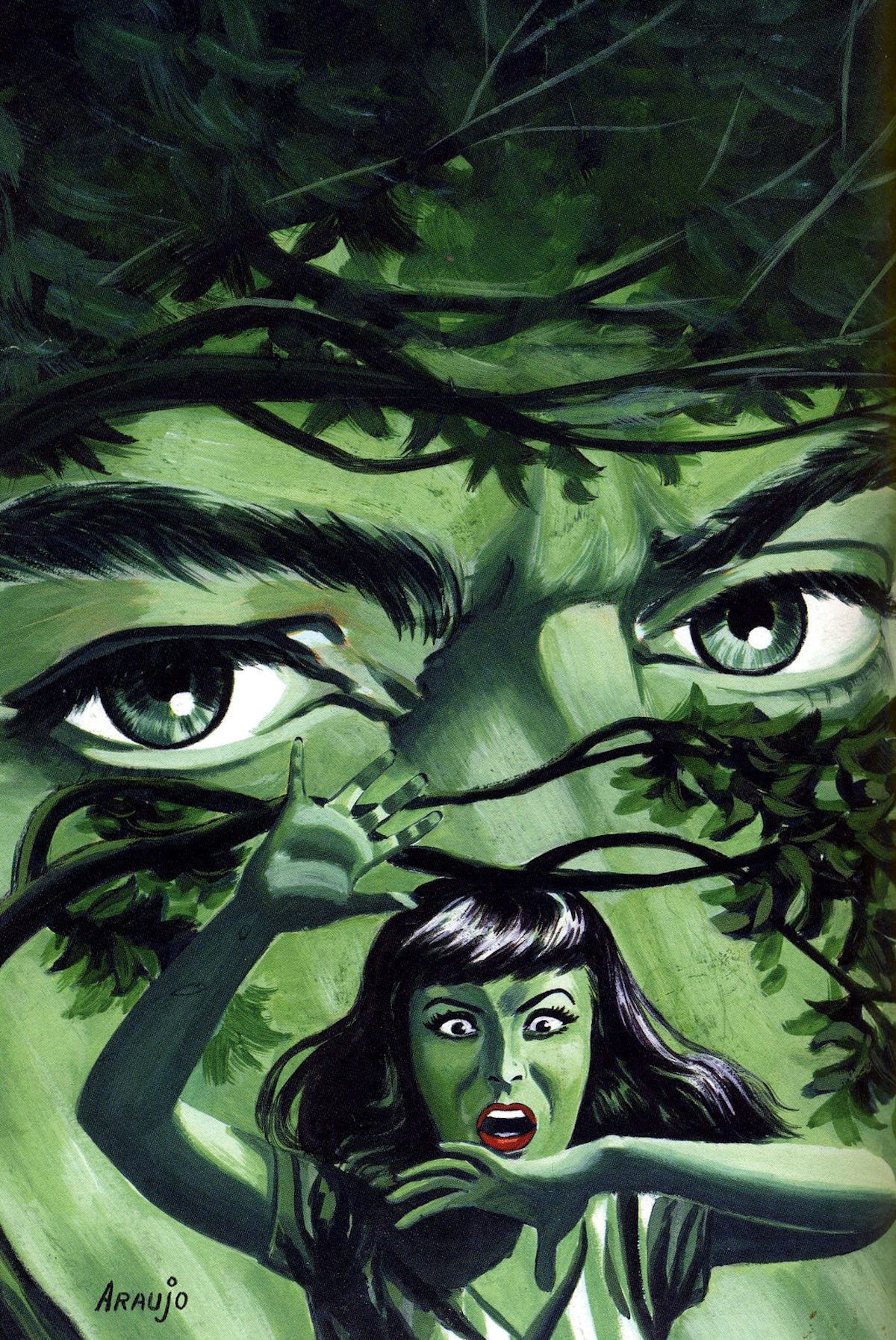
Via:Monster Brains.
Would you like to support Flashbak?
Please consider making a donation to our site. We don't want to rely on ads to bring you the best of visual culture. You can also support us by signing up to our Mailing List. And you can also follow us on Facebook, Instagram and Twitter. For great art and culture delivered to your door, visit our shop.


